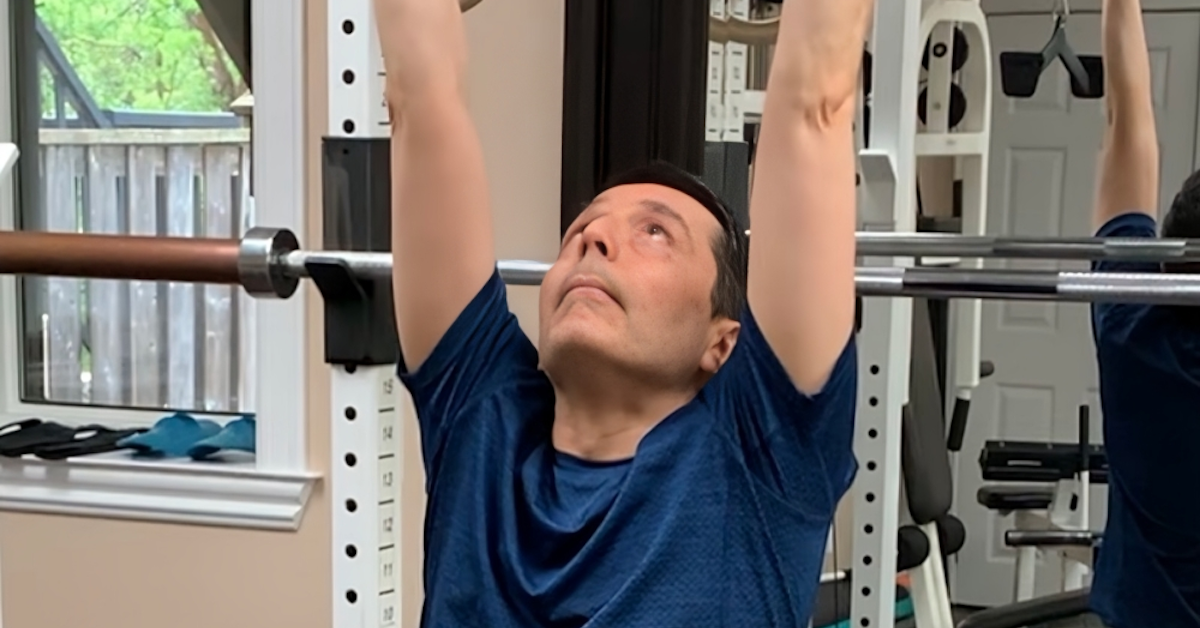Prescribing a specific number of repetitions is not always ideal in strength training. Sometimes, regulating time under tension (TUT) is a better approach than simply counting reps. One example we looked at a few weeks ago was the wrist roller exercise.

When Time Under Tension Works Best
Certain exercises make it difficult to count reps accurately, making TUT a better choice. Two examples include:
- Prone Lateral Ball Rolls – Watch here: YouTube Link
- Lower Russian Twists (a.k.a. “Windshield Wipers”) – Watch here: YouTube Link
In these movements, trainees often complete multiple reps before even registering a count. Instead of prescribing a set number of reps, assigning a time (e.g., 30 seconds) ensures proper execution and control.
The Power of Autoregulation
Taking this concept further, you can use autoregulation, a method where you monitor the duration of a set and terminate the exercise once performance drops below a predetermined level.
The drop-off rate will vary depending on your training goal:
- Maximum Strength
- Power
- Hypertrophy
I cover this topic in more detail on pages 52-53 of The Elite Trainer.

The Elite Trainer: Strength Training for the Serious Professional
The Elite Trainer is a synthesis of the very latest thinking in strength training and a comprehensive guide to developing individualized programs for your clients.
Intensity, volume, density, repetitions, sets, tempo, time under tension, rest interval, exercise selection and sequence, load selection, duration, and frequency are all covered in detail in easy-to-understand language. Whether you are a seasoned professional or a beginner, The Elite Trainer provides a wealth of information you can put to use immediately.

Leo’s Chin-Up Journey (Day 1): From Zero to Hero
Can’t Do a Chin-Up? Neither Could Leo… But That’s About to Change. Leo started training with me back in September.

The Interference Effect: How to Maximize Strength and Endurance Gains
When it comes to fitness, many people strive to improve both strength and endurance. However, combining resistance and endurance training

How to Fix Lagging Body Parts: Proven Training Strategies
If you have a muscle group that refuses to grow, you have two options: Let’s break down both strategies and
follow
Error: No feed with the ID 2 found.
Please go to the Instagram Feed settings page to create a feed.
